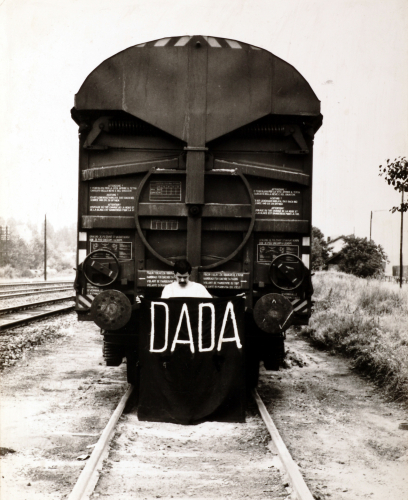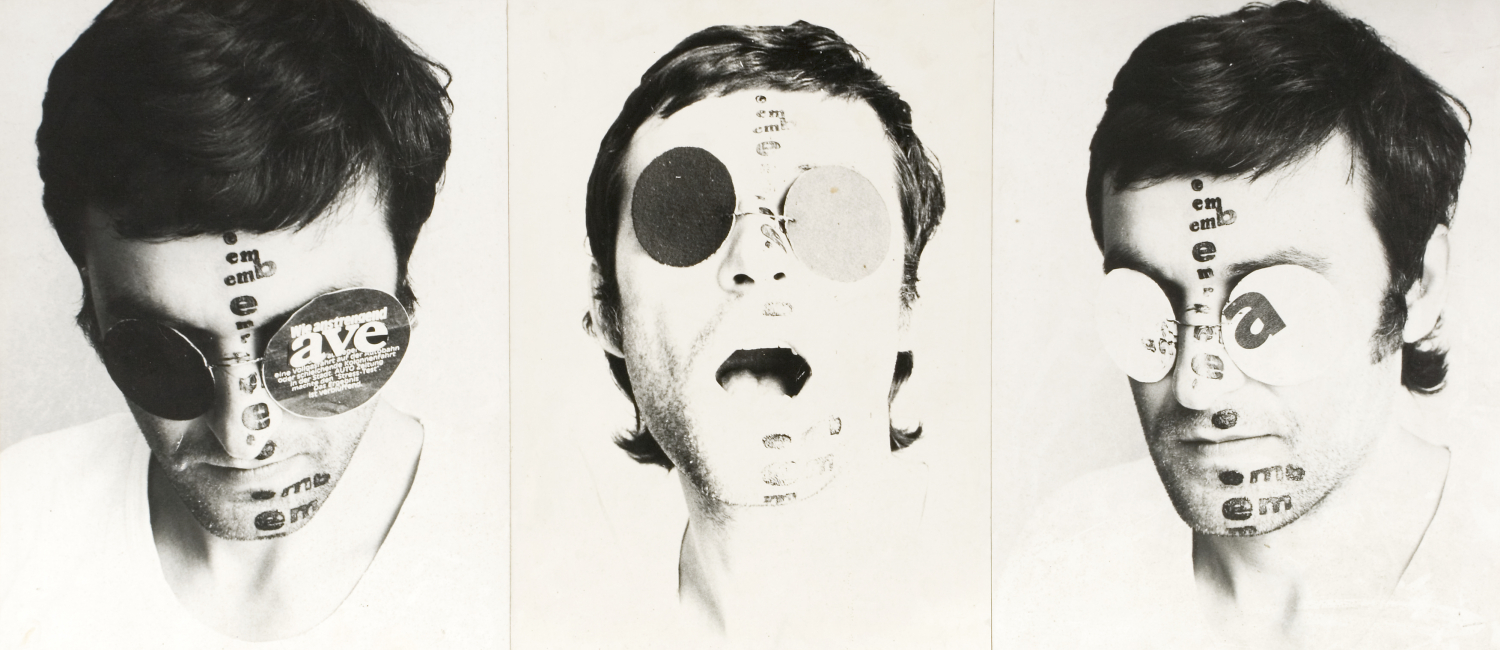The Ludwig Museum – Museum of Contemporary Artcordially invites you to the opening of the exhibition BOSCH+BOSCH GROUP AND THE VOJVODINA NEO-AVANTGARDE MOVEMENT on Thursday, 12th September 2019 at 6 p.m.
Greeting by Julia FABÉNYI, Director of the Ludwig Museum – Museum of Contemporary Art
Opening remarks by Boris BUDEN philosopher
Curator: Dorotea FOTIVEC, SZOMBATHY Bálint
Concept: Marinko SUDAC
Artists:
BOSCH+BOSCH csoport
CSERNIK Attila, KEREKES László, LADIK Katalin, Slavko MATKOVIĆ, SZALMA László SZOMBATHY Bálint, Ante VUKOV
KÔD Csoport
Slavko BOGDANOVIĆ, Mirko RADOJIČIĆ, Slobodan TIŠMA, Peđa VRANEŠEVIĆ
and
ÁCS József, Vladimir KOPICL, PETRIK Pál, Bogdanka POZNANOVIĆ, Verbumprogram
The exhibition is on view until 17 November, 2019.
The Bosch+Bosch group was founded on August 27th, 1969, exactly 50 years ago by a band of young artists in Subotica. The collective was the second such circle in the former Yugoslavia. It is important to note that the group emerged outside the country’s larger centres of art and culture, at same peripheral region that had been influenced by Hungarian activism in the interwar period (Lajos Kassák, Sándor Barta).
The majority of the group’s members were of Hungarian descent (Attila Csernik, Katalin Ladik, László Kerekes, László Szalma, Bálint Szombathy), but members whose mother tongue was Southern Slavic (Slavko Matković, Ante Vukov) also spoke good Hungarian. In the course of their praxis, members of the Bosch+Bosch group pursued diversified artistic – and partly literary – activities on the boundaries between different branches and genres of art, with the endeavour of expanding these both linguistically and conceptually.
No sooner had their self-organised group come to life than they turned their back on traditional means of expression, boldly and tenaciously exploring the timely paradigms of international art. Small-town life, the strangely constricted world of the borderland and the lack of institutional infrastructure failed to pave the way to international fame, but they did leave a historically significant mark on Yugoslav “practices of new art”. In the years and decades following the disbanding of the collective, some of them matured into internationally significant figures of the period (Katalin Ladik, Bálint Szombathy). A great part of the group’s oeuvre has recently been integrated into Hungarian art history, but so far, only fragments of it have been made available to the professional public.
The exhibition also introduces the work of Kôd and the neo-avant-garde groups active in Novi Sad around the early ‘70s.
The exhibition is the result of collaboration between the Institute for the Research of the Avant-Garde and the Marinko Sudac Collection in Zagreb.

Please be informed that our events will be recorded by sound and video, from which the Ludwig Museum may use details to promote the museum and its programs and for other promotional purposes. By participating in our events, you agree that you may appear on the recordings, but you may not make any claim against the use of the recording with the Ludwig Museum or third parties authorized by it.
Related content

Bosch+Bosch Group and the Vojvodina Neo-Avant-Garde Movement 13. September, 2019 – 17. November
Members of the Bosch+Bosch group pursued diversified artistic – and partly literary – activities on the boundaries between different branches and genres of art, with the endeavour of expanding these both linguistically and conceptually.
